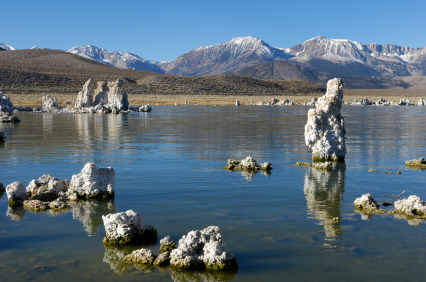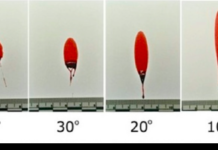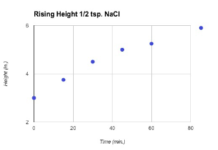A new life form has been discovered on planet Earth or a sample of bacteria has been misidentified. NASA-funded scientists claim that they have discovered a new life form that uses the toxic element arsenic to sustain life. However, many other people in the scientific community disagree.
This story got a large amount of press coverage back when it broke in December of 2010. This life form, the NASA scientists claimed, is different from any other that has ever been discovered.
Microbial geobiologist and biogeochemist Dr. Felisa Wolfe-Simon, lead a NASA-funded team from Arizona State and Duquesne Universities, Lawrence Livermore Laboratory and the Stanford Synchrotron Radiation Lightsource, that searched California’s Mono Lake and found an odd sort of bacterium that contained a large quantity of arsenic, which they hypothesized to be an arsenic-based life form. NASA announced the finding in a press release on December 2, 2010, claiming that they had truly discovered a life form that used arsenic to sustain its life.
Arsenic (atomic number 33) and phosphorus (atomic number 15) are in the same group and have similar chemistries. Phosphorus is the backbone to every DNA strand in the body and is essential to bone growth in the body. Vitamins-Nutrition.org states “Phosphorus is required by the body for bone and teeth formation”.
Arsenic, when in the human body, is mistaken as phosphorus because of their similar properties. Arsenic in phosphorus’ place does not carry out the same functions and can lead to death. Arsenic is commonly found in rat poisons. .
The Washington Post reported on December 2, 2010, that NASA’s Felisa Wolfe-Simon claimed “It had long been the assumption that without six certain essential elements, carbon, hydrogen, nitrogen, oxygen, phosphorus and sulfur, life could not exist. This discovery shows life as we know it could be much more flexible than we generally assume or can imagine”.
Critics of NASA’s new discovery have been arguing against the science NASA used to conclude their research. An article published on December 7 on Slate magazine, titled "This Paper Should not have been Published", quotes Rosie Redfield, a microbiology professor at the University of British Columbia, as saying, “I was outraged about how bad the science was.” Harvard microbiologist Alex Bradley, quoted on Slate magazine online, claimed that NASA scientists “demonstrated flaws in their own experiment”.
Bradley noticed that in the experiment, NASA “immersed the DNA in water as they analyzed it.” Arsenic compounds typically fall apart rapidly in water, so the microbe genes would have broken down into very small fragments. The DNA. however, in the experiment remained in larger chunks. which would presumably lead one to believe it contained a phosphate backbone.
The results in the lab showed no traces of phosphorus, leading NASA to releasing their data on the bacteria. However, NASA scientists said they “were feeding the bacteria salts, which they freely admit were contaminated with a tiny amount of phosphate”. Since the bacteria was exposed to this phosphate, scientists have argued that the bacteria was likely to barely survived with the small amounts of phosphorus and appear to be an arsenic based life form to NASA scientists.

This work is licensed under a Creative Commons Attribution-NonCommercial-NoDerivs 3.0 Unported License













